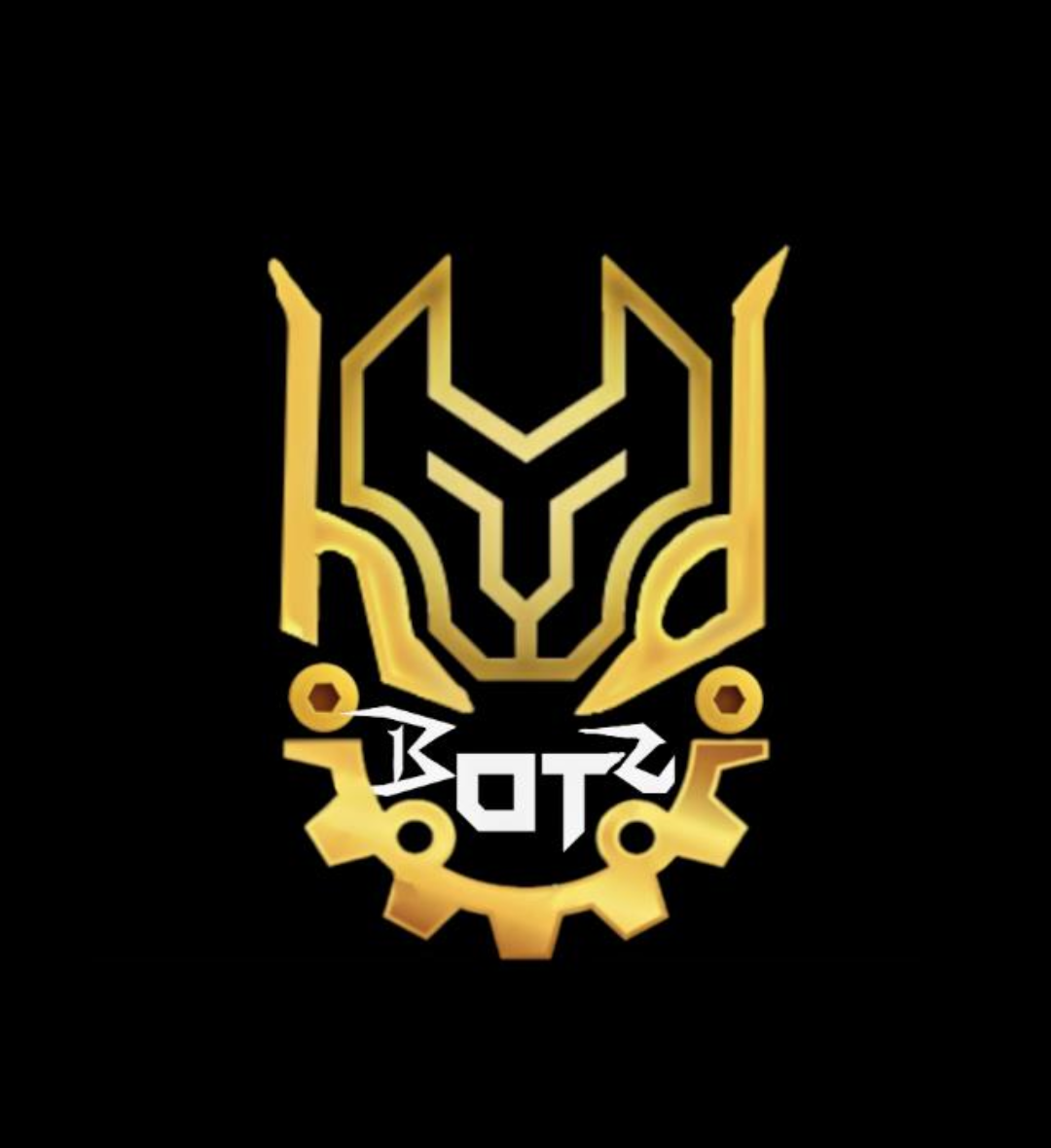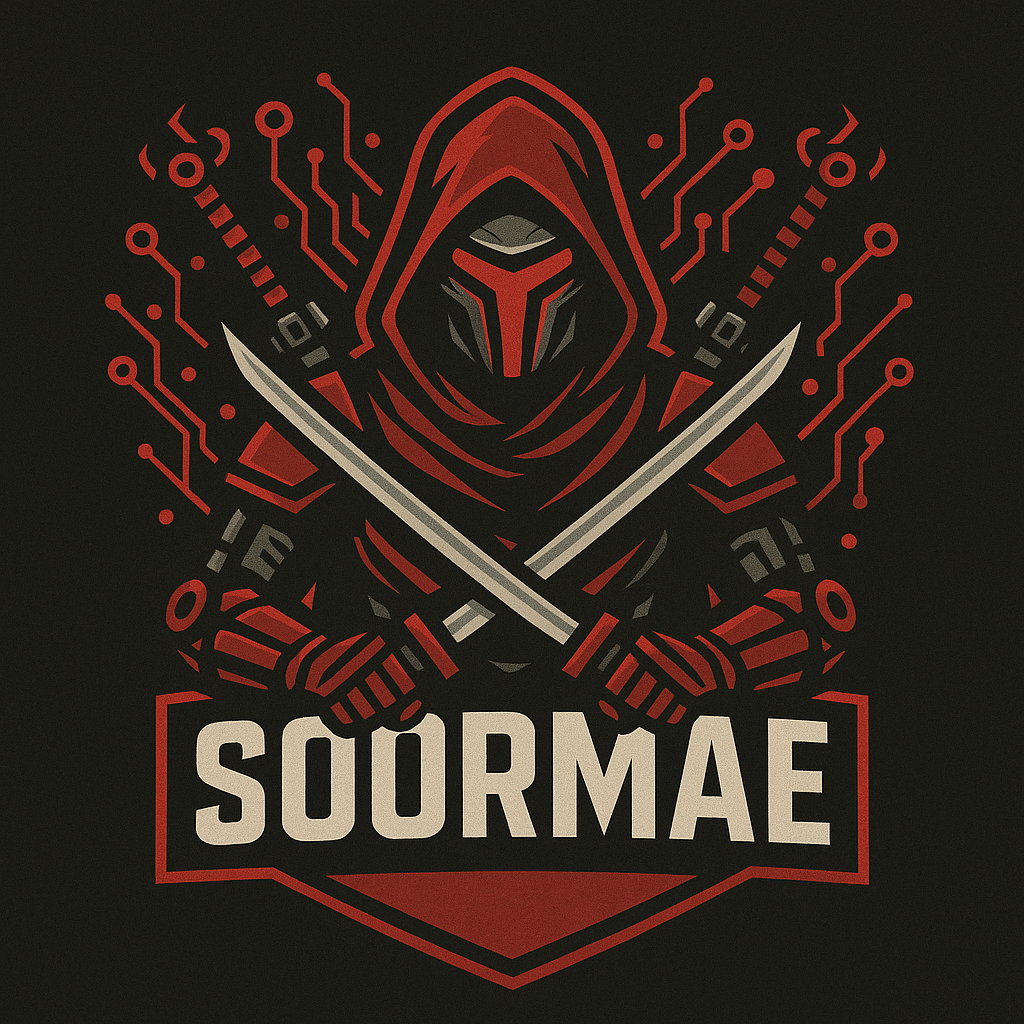Robo Hockey Challenge
October, 2026
In the realm of robotics, where innovation meets excitement, robo-hockey competitions have emerged as a captivating spectacle of technology, strategy, and teamwork. These adrenaline-charged events pit teams of engineers and programmers against each other, as they maneuver their autonomous robots through intricate courses, aiming to score goals and outmaneuver their opponents. At the heart of robo-hockey lies a fusion of technical prowess and strategic thinking. Teams must meticulously design and construct their robots, optimizing their balance, speed, and maneuverability. They must also develop sophisticated control algorithms, enabling their robots to navigate the course, avoid obstacles, and execute precise puck-handling and shooting maneuvers. The rules are a very simplified version of ice/street hockey rules with additions for the nature of the robotic players.
- 300 Teams will be selected across all countries to participate in Robo Hockey Challenge.
- All participants will get a certification of Participation from All India Council For Robotics & Automation (AICRA).
- INR 1,50,000 to be awarded to winning teams.
Eligibility Criteria
- Open for all : Schools/Colleges/Universities every age group can participate.
How To Get on Robo Hockey Challenge
- STEP 1: Register your RoboClub or Institute as TechnoXian RoboClub online at official TechnoXian website. If you do not have Club or Institute, you may form a new TX RoboClub.
- STEP 2: Prepare a video of 1 minute to 5 minutes (maximum 100 MB), showcasing team readiness, creativity, preparing for challenges, or anything to show passion to participate in TechnoXian. Share the video either on email at videosubmission@technoxian.in (as google drive or We transfer) or WhatsApp at +91 9289095404 mentioning Your WRC ID (Competition Id). All videos will be uploaded on TechnoXian YouTube channel.
(Note: Video is for promotion for our Participants who are coming to participate in Technoxian)
Robo Hockey Team
Robo Hockey is a coed (mixed) sport and teams must maintain a diverse and inclusive roster. Robo Hockey can be played by teams of equal size (3v3). Each team roster must be coed and may have a maximum of ten players. The 3 active players are referred to as "Operators", nonplaying members are "Crew".
Team Position
There are Three positions in Robo Hockey each with unique identification and responsibilities. The Striker and Forward are offensive bots designated with special flags. The remaining one defensive bot is and Keeper. Only the Striker is able to score by flying through the opponents goal. If the Striker is damaged, the Forward can tag the Striker on the ground and assume the Striker position.
Bot Hockey robots are normally wheeled devices with two or more powered wheels. However, other configurations such as legs, shuffle feet, ground effect hovering, and various snakelike configurations are allowed as long as the robots meet the size and weight limits listed below. Each team should have three robots for the full tournament. The substitution of robots during the competition within the team or with other teams is forbidden.
Bot Specification
- Bots should be wireless and controlled remotely. It can be circular / Rectangular in style. Bot must fit inside a 30cm X 30cm X 30cm cube at any point in time.
- Maximum weight should not be more than 7Kgs (including battery for wirelessly controlled bots. However, a tolerance of 5% is acceptable.).
- Batteries must be sealed, immobilized electrolyte type (gel cell, lithium, NiCad, or dry cells).
- Each robot must carry a top marker (1, 2, and 3) unique identity so that it can be distinguished by the referee easily. Unmarked Robots are not eligible to play.
- The robot must not emit infrared light. However, optical sensors (e.g. infrared-distance-sensors) may be used if they do not affect other robots.
- Infrared light-reflecting materials must not be used on the outside. If robots are painted, they must be painted matte. Minor parts that reflect infrared light could be used only if other robots are not affected. Robots must not produce magnetic interference for other robots on the field.
- If a team claims that their robot is affected by the other team’s robot in any way they must show proof/evidence of the interference. Any interference must be confirmed by a Referee if a claim is placed by the other team.
- The robot can be autonomous or manually controlled using a Remote-control system.
- Robots must be constructed and programmed in a way that their movement is not limited to only one dimension and must move in all directions.
- Any robotic parts/building material can be used until the robot meets the above specifications and if the design and construction are primarily the original work of the team as ready-made robots are not allowed to compete in the competition.
- In addition of active devices on robots to shoot, kick, or flip the puck is encouraged. These devices make for a faster more exciting game and allow teams to avoid traffic jams and pushing matches. Passing and long-range shooting increase a team's ability to score and to benefit from set plays and maneuvers to defeat an opposing team.
Power
- Electric batteries and electric motors must solely power the robots. No internal combustion, fuel cell, or other means of providing power are allowed.
- Batteries must be of a construction that is spill proof in all orientations. Suggested battery types are Nickel Cadmium, Nickel Metal Hydride and Lithium Polymer. Immobilized electrolyte (gel-cell or absorbed glass mat) lead-acid batteries may be used as well.
- Batteries using exotic chemistry or construction that can result in the release of toxic gas or liquid are not allowed. If in doubt about the battery type you wish to use contact the event organizer.
- Battery voltage is limited to 48V. This is defined as the rated voltage of the battery array.
Radio Control
- Robots are normally controlled by radio systems operating in approved frequency bands for ground vehicles. Common frequency bands for ground vehicles are 75MHz (hobby R/C) and the 900MHz and 2.4GHz ISM bands. 72MHz band R/C radios are restricted to air vehicles and may not be used for Bot Hockey matches. Other frequency bands such as 50MHz, 433 MHz and 27MHz / 49MHz bands may also be used. Teams are responsible to ensure their robots meet the radio requirements of the tournament.
- Any type of frequency modulation may be used to control Bot Hockey robots.
- Digital data modem radios, wireless networking, or other types of data radios are allowed consistent with frequency band requirement. Organizing committee may restrict some types of data communications such as wireless network adapters that might interfere with tournament data systems.
- Other types of control systems such as infrared, ultrasonic, or laser may be used. In general, non-radio control systems must be eye-safe for players and spectators and not disrupt the conduct of the tournament e.g. audible sound-based systems. Teams wishing to use non-radio control systems must receive approval from the organizing committee before using the system.
- Rink Size - The rink is 24 feet long by 12 feet wide, with 4 foot radius curves along the sides.
- Goals - The goals are 24" in front of the rear wall, centered left to right, facing the center of the rink. Robots should have enough clearance to make it behind the goal, although goal access is only in the front.
- Safety Walls - Walls are approximately 12cm height.
Bot Hockey is a game modeled on ice and street hockey. The goal of the game is to score more points than the other team by pushing or shooting a standard street hockey puck into a goal area. In order to encourage a fast and exciting game and to accommodate the nature of the players, the rules of ice and street hockey are highly modified and simplified.
- Game play takes place in three 3-minute halves. At least 5 minutes will be allowed between periods to allow repair, recharging, or replacement of robots. (Minimum game time is 19 minutes).
- Robo Hockey is designed to be fast moving and to feature continuous action with very few breaks in play between periods.
- Play starts with all robots from each team on their own half of the rink. The umpire tosses the puck approximately on the centerline and play begins.
- Robots may move anywhere within the playing rink at any time. There are no offsides or icing penalties in Bot Hockey.
- Checking and blocking of opposing robots is allowed at any time. There is no penalty for damage to an opposing robot when checking or blocking. Intentional damage of a disabled or partially disabled robot is frowned upon and may incur an Unsportsmanlike Conduct Penalty.
- Bots move the puck into the goal area on the opposing team's half of the rink to score. Scoring may take place by pushing or shooting the puck into the goal.
- The puck must be completely over the goal line and inside the goal area to score a goal. Goals may be scored with the puck on the playing surface or in the air above as long as the puck does not leave the playing area.
- Pucks shot or flipped outside the playing area cause a penalty goal to be scored against the team that flipped or caused the puck to travel outside the playing area. Pucks that travel outside due to collision or by deflecting off an opposing robot or the rink do not count as a penalty goal infraction.
- Whenever a goal is scored or the puck leaves the playing surface a puck is immediately placed back in play at the centerline of the rink by the umpire. Umpires should be provided with at least 2 pucks in order to place one in play immediately while the other is retrieved from the goal or fetched back to the playing area. There is no time allowed after a goal or penalty for regrouping or repositioning the robots.
- Play continues until time in the 3-minute period has expired. When time has expired the robots are immediately removed from the rink to allow the next match to proceed. Teams will have at least 5 minutes between the two halves of the game in order to repair, replace robots, replace/recharge batteries etc.
- The winner of the match is the team with the highest score at the end of the three periods of play.
Penalties
There are very few penalties in Robo Hockey. Those that exist are intended to keep play moving and to avoid gratuitous destruction of opposing robots.
- Unsportsmanlike Conduct: If the referee determines that a team is intentionally damaging an opposing robot not in the course of play, for example a disabled robot, the referee may declare an unsportsmanlike conduct penalty. This results in the removal of the offending robot from the rink for the remainder of the period with no substitution allowed.
- Wild Shooting: If a robot shoots, flips, or otherwise projects the puck out of the playing rink a penalty goal will be awarded to the opposing team. The puck will be immediately placed back in play at the centerline as is following a normal goal. Pucks ejected in the course of collision or by deflecting off other robots or the rink will not be considered wild shooting. In this case the puck is immediately placed back in play at the centerline.
- Invalid Substitution: If at any time a team has four or more robots on the rink an invalid substitution penalty will be called and the team will be required to play with only two robots for the remainder of the period.
- Forfeit: If at the beginning of either half a team does not place at least one robot into play a forfeit will be declared and the match will be awarded to the opposing team assuming they have at least one robot ready to play. If both teams cannot place a robot into play the match shall be played at a later time or the referee may decide other resolution as long as a winner and loser are decided - there are no ties in Robo Hockey.
Substitution of robots - Robots may be replaced at any time during the match or between matches.
- First the robot to be replaced is removed from the playing rink and then the substituting robot is placed onto the playing rink. The same robot may be replaced after repair etc. if desired. Play does not stop for substitutions. At no time may a team have more than three robots on the rink.
- If a robot is disabled in the center of the rink and cannot be reached from the edge of the rink a time-out for substitution may be called. After the next goal from either team the robot will be retrieved before the puck is put back in play.
- If a robot is knocked or flipped out of the playing rink it is immediately replaced or may be replaced with a substitute.
Sudden Death - There are no tie matches in Robo Hockey. If time in the three 3-minute periods expires with a tie score, the game immediately moves into sudden death overtime. During sudden death overtime play proceeds as before with the first team to score a goal or receive a penalty goal being the winner of the match.
Dead Robots - It is possible that in some matches all the robots on the rink may be disabled and no substitutes are available. In this case the following rules apply:
- If all the robots on both teams are disabled or unable to move during the first two periods of the game, the period is declared over and all robots are removed as if the period had normally expired.
- If all robots are disabled during the third period of the game, the match is declared over and the team with the highest score wins.
- If all the robots are disabled and the score is a tie, the team with the last robot able to demonstrate controlled movement is declared the winner and awarded a goal to break the tie.
Misconduct - Players, coaches, and spectators must exhibit respectful conduct at all times. Officials may remove participants from the Match or Tournament for infractions or violations of the Code of Conduct.
Early Start - Players will arm but remain on the ground until the start signal begins the Set.
Offsides - After a successful goal, the striker and all teammates must retreat back across the centerline before attacking again. No point will be awarded until all active teammates have all cleared the attack zone.





























